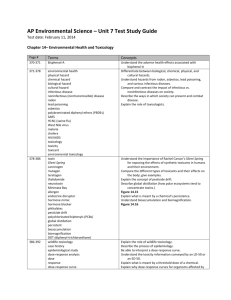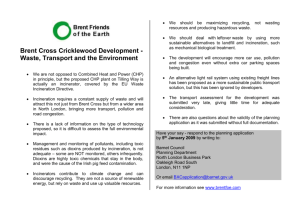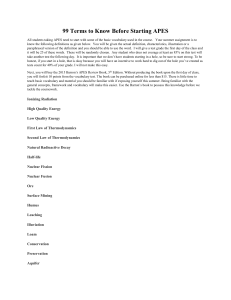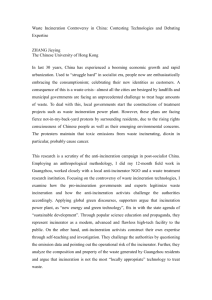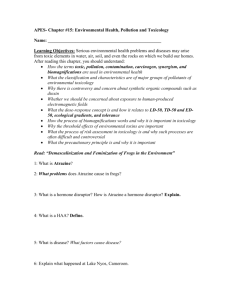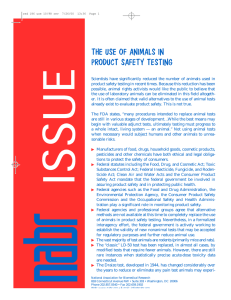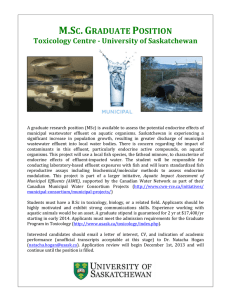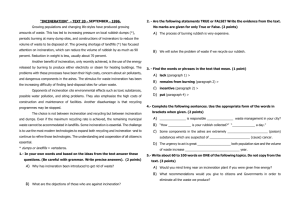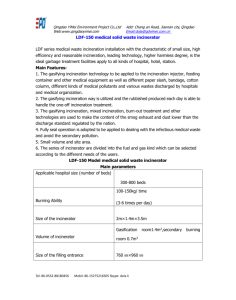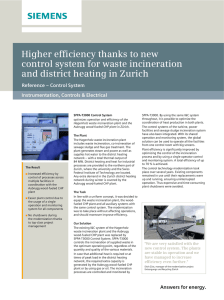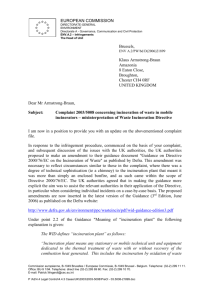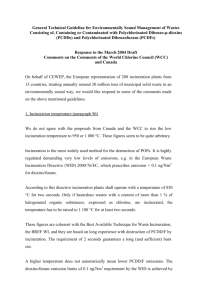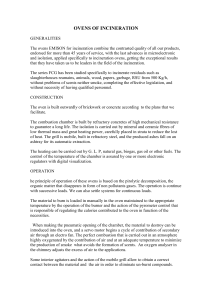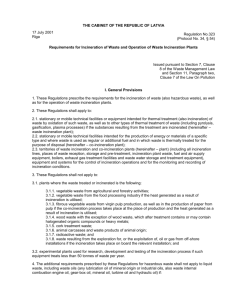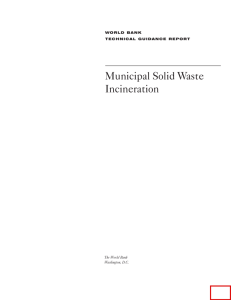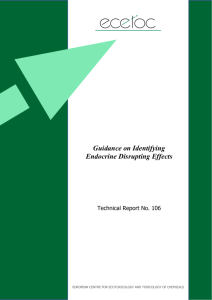File
advertisement
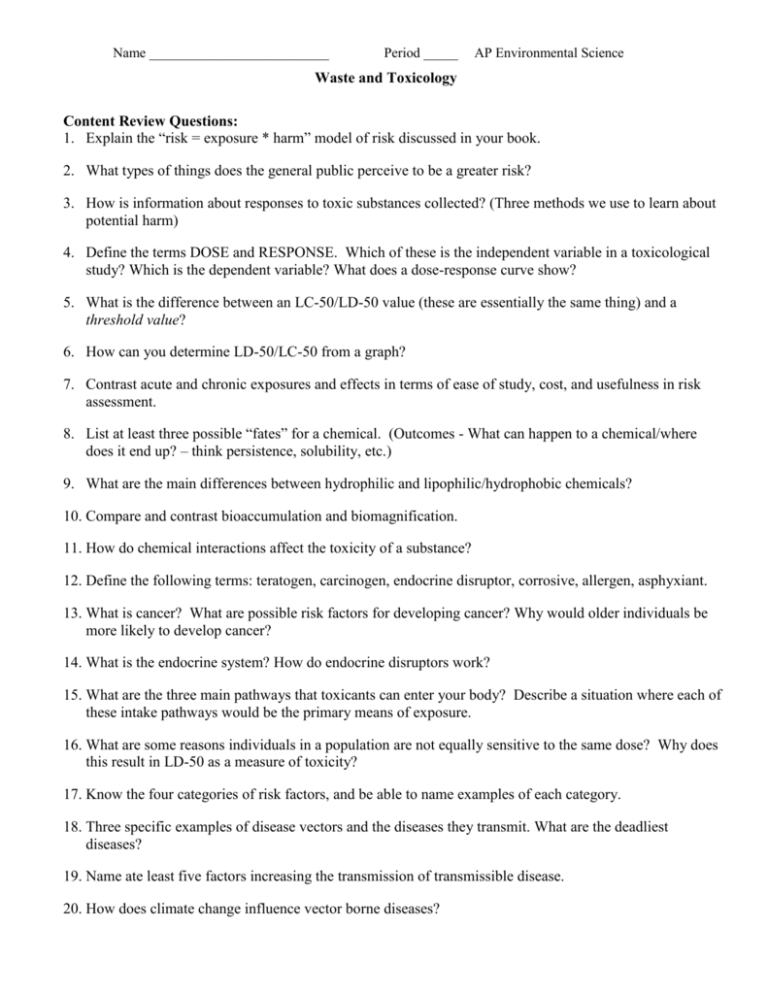
Name __________________________ Period _____ AP Environmental Science Waste and Toxicology Content Review Questions: 1. Explain the “risk = exposure * harm” model of risk discussed in your book. 2. What types of things does the general public perceive to be a greater risk? 3. How is information about responses to toxic substances collected? (Three methods we use to learn about potential harm) 4. Define the terms DOSE and RESPONSE. Which of these is the independent variable in a toxicological study? Which is the dependent variable? What does a dose-response curve show? 5. What is the difference between an LC-50/LD-50 value (these are essentially the same thing) and a threshold value? 6. How can you determine LD-50/LC-50 from a graph? 7. Contrast acute and chronic exposures and effects in terms of ease of study, cost, and usefulness in risk assessment. 8. List at least three possible “fates” for a chemical. (Outcomes - What can happen to a chemical/where does it end up? – think persistence, solubility, etc.) 9. What are the main differences between hydrophilic and lipophilic/hydrophobic chemicals? 10. Compare and contrast bioaccumulation and biomagnification. 11. How do chemical interactions affect the toxicity of a substance? 12. Define the following terms: teratogen, carcinogen, endocrine disruptor, corrosive, allergen, asphyxiant. 13. What is cancer? What are possible risk factors for developing cancer? Why would older individuals be more likely to develop cancer? 14. What is the endocrine system? How do endocrine disruptors work? 15. What are the three main pathways that toxicants can enter your body? Describe a situation where each of these intake pathways would be the primary means of exposure. 16. What are some reasons individuals in a population are not equally sensitive to the same dose? Why does this result in LD-50 as a measure of toxicity? 17. Know the four categories of risk factors, and be able to name examples of each category. 18. Three specific examples of disease vectors and the diseases they transmit. What are the deadliest diseases? 19. Name ate least five factors increasing the transmission of transmissible disease. 20. How does climate change influence vector borne diseases? 21. Know the five disease terms listed on 1) of your homework sheet. 22. In the movie, “Troubled Waters,” what was the surprise about exposure risks and the pesticide atrazine? How was bioremediation (specifically phytoremediation) related to toxicology? 23. Be able to discuss various toxic chemicals (Hg, PCB’s, Pb, Cd, Bisphenol-A, dioxins, phthalates, and perchlorates), including their sources, where they’re found in the environment, what health effects they cause, etc. 24. What are the three R’s? What are the differences between them? Which is the best environmental option? Which is the best economic option? 25. Be able to discuss the differences between low and high waste approaches/solutions, especially closedloop solutions. 26. Be able to diagram a sanitary landfill and explain how it works. 27. Describe how incineration works. What are the pros and cons of using incineration as a waste disposal method? 28. What is hazardous waste? What is RCRA? Be able to describe the pros and cons of EACH of the six methods we discussed in class: surface waste lagoons, deep well injection, hazardous waste landfills, aboveground bunkers, incineration and export.
